-
Posts
249 -
Joined
-
Last visited
Content Type
Profiles
Forums
Blogs
Gallery
Events
Store
Posts posted by Archer
-
-
Years later the museum displays Archduke Franz Ferdinand's medals. Are these really his relics? The loops in the uniform jacket do not accord with the medals and decorations on display - but the group "looks" right.
 0
0 -
If you have been following my reflections on the Heeresgeschichtliches Museum in Vienna you'll know that I said I intended to show you the car in which the First World War began and Archduke Franz Ferdinand's medals again. So here we are in Bohemia, one of the most loyal parts of the far-flung Austrian (or by now, Austro-Hungarian) Empire. And we are impacted by an assassination in a motor car far away.
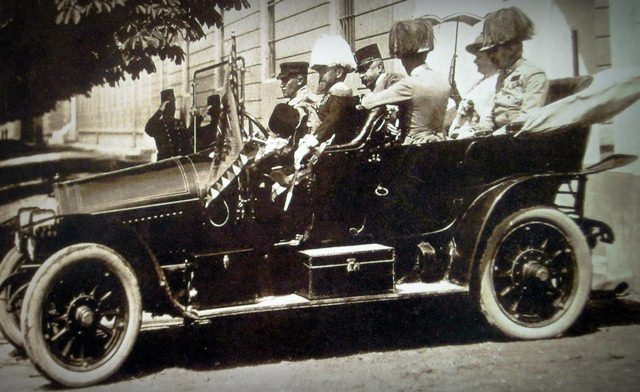 0
0 -
The Armádní muzeum - or more correctly, the Historical Institute of the Army of the Czech Republic is a museum, library and scientific research institution under the Board of Military and Army of the Czech Republic, situated at U památníku 1600/2, Žikov in Prague.
Nobody admires the Czechs more than I do. Twice when the world was wracked by conflict they chose the "right" side, but between 1919-1989 they suffered a long series of disappointments, betrayals, murderous occupations and dictatorships. They did not deserve what they were dealt, and their history is replete with stories of personal and national tragedy, heroism, deprivation and fortitude.
Their military museum is capable - more capable than many I've ever been to - of making you feel and understand their pain and their triumph. I enjoyed the long hours I spent there soaking it all in.
But ... and there are buts ...
The museum - at least when visited by public transport - is in an edgy part of the city, with dirty and unkempt approach roads. It stands on the side of a steep hill and is entered up a flight of stairs. There is NO, let me repeat no, thought to disabled visitors! If you have got yourself and your wheelchair inside, be warned - the toilets are down two flights of steep stairs.
The museum shop is not worthy of the name - no fault of the delightful young woman who was serving at the counter when I visited, and the custodian staff are by and large un-intellectual, ill-informed and unable to speak English. Which is a pity, because English is - by and large - most tourist's second language!
The collection is laid out in four main areas and the displays are magnificent and well written up with an emphasis on the human side of military history (which I prefer), but the logic is unclear - so you will encounter two versions of the Second World War Story.
In the Second World War display on the ground floor there are no English sub-titles. Which is odd, because the rest of the museum is well supplied with these - some of the translations being truly delightfully bad! My favourite cross-cultural gaffe is the description of the British Order of the Bath as "British Spa Order, night commander cross." [And please - don't all rush to ask me how many British and US museums have Czech sub-titles. My point is and remains that most tourists' SECOND language is English].
Visit this magnificent museum. There will be some obstacles to complete enjoyment, but you will probably be knocked out by the experience. I was.
William
From google maps
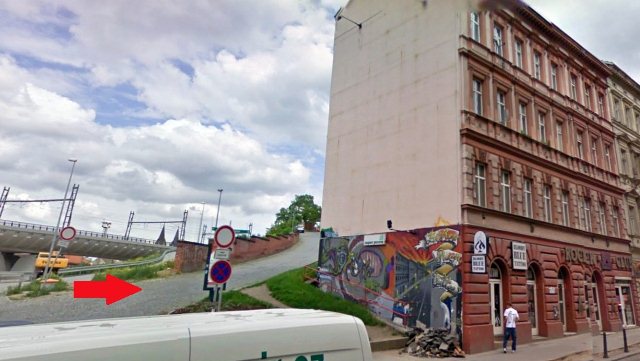 0
0 -
Thanks guys!
Mark - you may prefer this version of FF - wearing the k.u.k. Marine uniform!
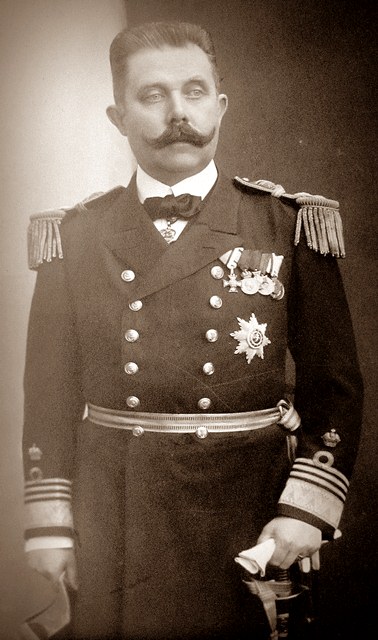 0
0 -
Prague
There is another dealer on a smart shopping street near Old Town Square - but for my purposes the best is the military antiques shop down a passageway at 58/32 Národní - just further down the pavement and on the same block and side of the road as Tesco.
It may be the same as "Antikvariát galerie Mùstek" (see google maps), but anyway here is a picture also taken from google maps.
 0
0 -
Well back I am ... and my collection is bigger!
Vienna
The shop Elmer has mentioned is well worth a visit. The owner is not usually in the shop during the week but his wife is always there. She speaks excellent English and is more than pleased to let you take pictures of anything in the shop. I always asked permission though. She never said no. Prices are not cheap. I never felt rushed in the shop and spent as much time as I wanted browsing and considering their prices.Mrs. Rochowanski certainly is to my mind one of the nicest and most obliging medal dealers in the world - Her husband's shop is more or less opposite the State Opera House.
 0
0 -
Thanks Gordon
Put like that, I would like to see them improve the lighting ... period.
Surely by now they must realise that many tourists travel with cameras capable of taking excellent pictures without flash assistance, if the lighting is right. My personal "most important" display was that devoted to the k.u.k. Navy, and that was the area [stuck away at the back!] in which I found it hardest to take good pictures because of an excess of reflected light, hence the paucity and poor quality of snaps from that room.
But yes, the display devoted to the time between the wars was as gloomy as the subject matter. It was a pivotal time for Austria, but as you've gathered, not one that I care to dwell on, and I really have very few pictures taken in there.
William
0 -
Well done and thank you, please keep the excellent images coming
Thanks, Simon!
Have done my best to respond. :D
0 -
And the far more familiar - and modest - set up:
1. The Russian Cross of St. George - given to him by the Tsar when the Austrian Empire was rescused by military action and civilian bloodshed, and which the old man always wore.
2. The War Medal - remember this man took the field and led his forces, not too astutely in battle. [Worn with the effigy of his head against his chest.]
3. The Military Service Decoration.
4. The Golden Jubilee Medal in Gold, worn with the effigy of his head against his chest.
5. The Sixty year Jubilee Cross, worn likewise.
What a WONDERFUL museum it is. Visit it, if you get the chance!
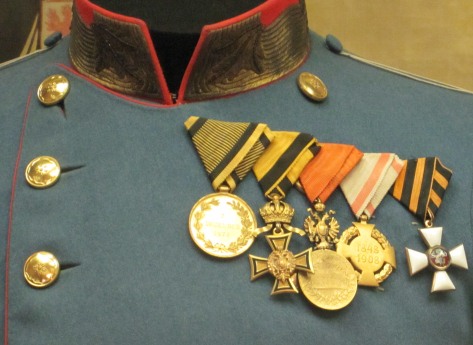 0
0 -
But - saving the best for last, two uniforms belonging to the old gentleman, Franz Josef, himself.
 0
0 -
Oh yes, the House of Hapsburg was a glorious dynasty with a colourful, if uneven, military tradition. I particularly like this star - owned by Archduke Charles, who died in 1847, Archduke Albrecht, who died in 1895, and Archduke Friedrich - who received it in 1916.
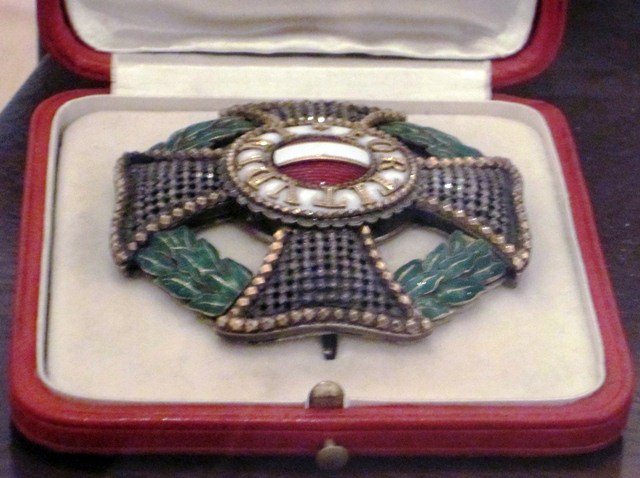 0
0 -
All photographs taken without flash - the bright white lights reflected in the photograph are museum spotlighting.
0 -
And after his death, the Emperor Charles introduced a few more.
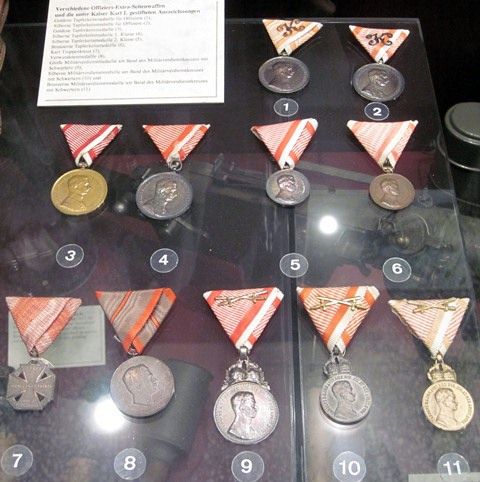 0
0 -
And even
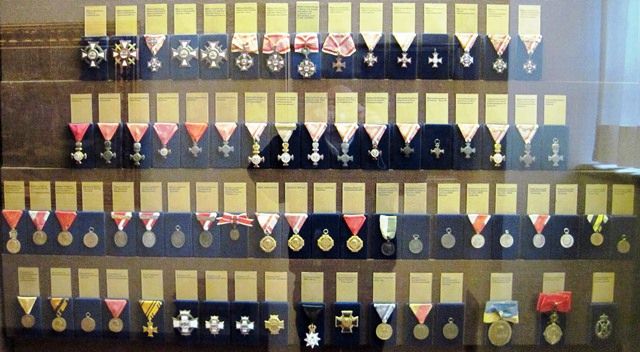 0
0 -
-
Of course, old Franz Josef had medals and to spare to award his subjects.
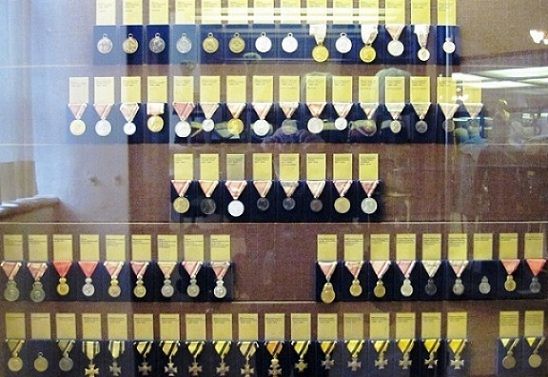 0
0 -
So into Field uniform the Generals went, like General of Infantry Moritz, Ritter von Auffenberg, Commander of the 4th Army.
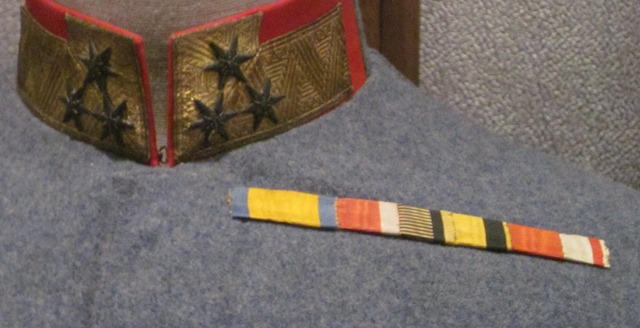 0
0 -
And here - a little stretched by perspective - is poor old Franz Ferdinand (painted in happier times). [by the way, I intend to show you the car and the Archduke's medals again, later - but that's enough for now.]
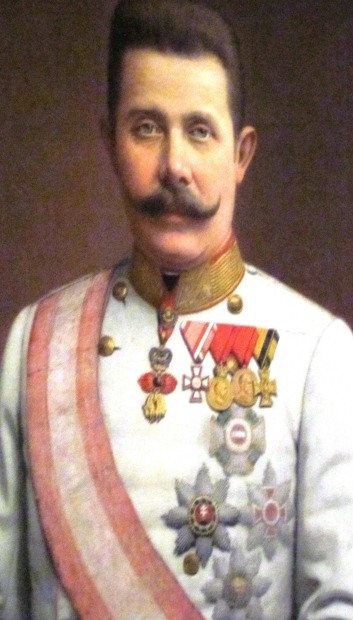 0
0 -
In a way - God forbid! - it's a relief to get back to the First World War again!
Here is the car in which the whole boiling mess got started.
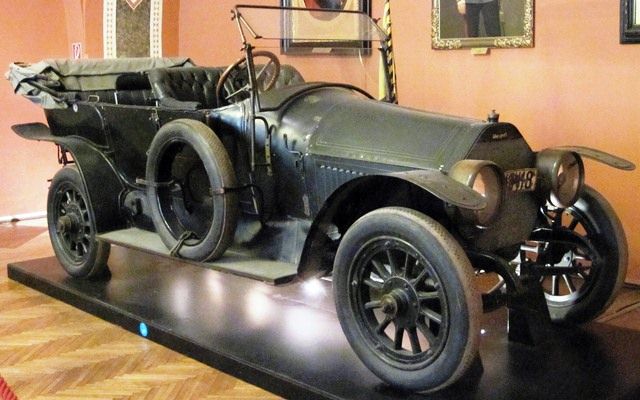 0
0 -
Austria wanted to be Deutsche Österreich after the First World War, but the Allies weren't having any - and the pressure started to build. Political extremism, anti-Semitism, violence and finally, Anschluss. It was not a very happy country between the wars, and - to my mind - the decorations of the period reflect that. Heavy, clunky, and very un-Hapsburg.
Here are the decorations of General of Infantry Sigismund Schilhawsky, Army Inspector from 1932, Inspector General of Troops from 1937.
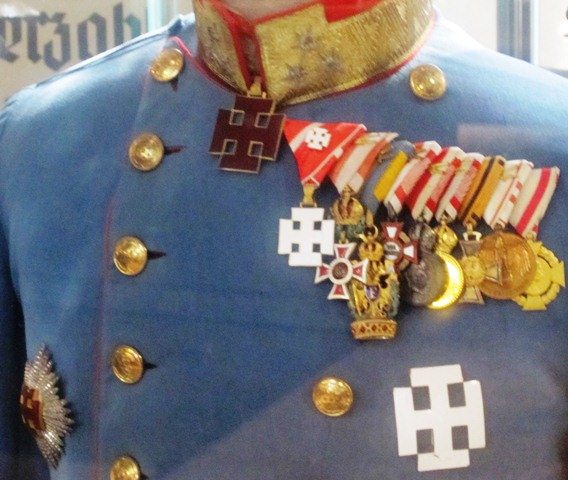 0
0 -
What a wealth of service and affiliation.
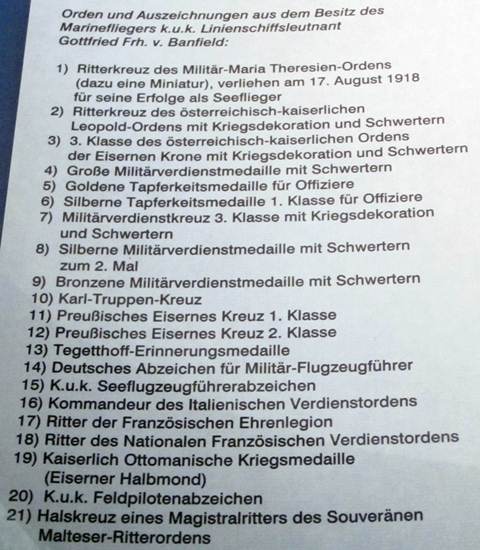 0
0 -
And the simply fantastic group to naval air service pilot, Linienschiffsleutnants Gottfried, Freiherr von Banfield.
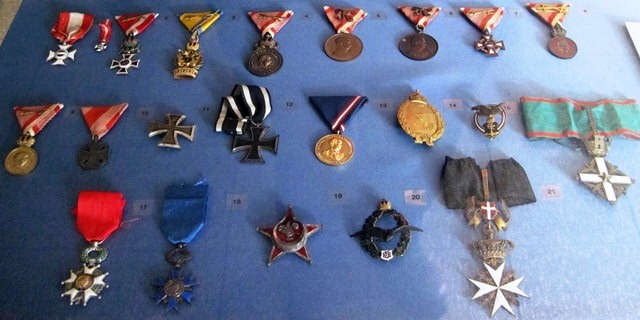 0
0 -
But if you want something just a little closer to the "sharp end," try this to Linienschiffsleutnants Hermann Rigele, commander of the Submarine U31.
Rigele was awarded the Knight's Cross of Maria Theresa in 1929 [that late, apparently] for torpedoing the British cruiser Weymouth in 1918.
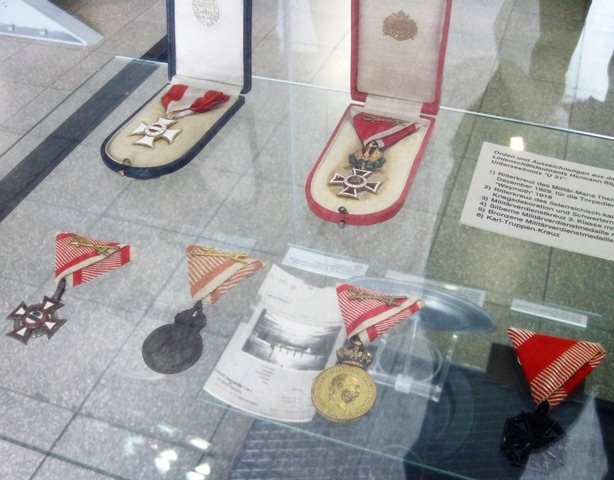 0
0 -
And star
 0
0



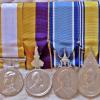
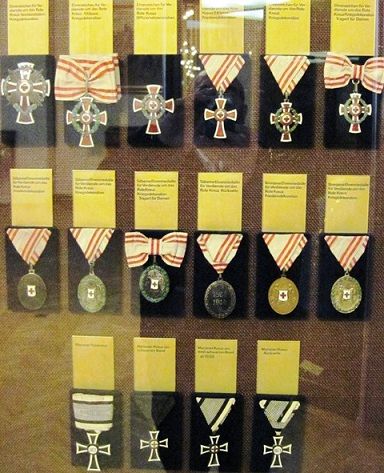
Historical Institute of the army of the Czech Republic
in Museums & Shows
Posted
And below